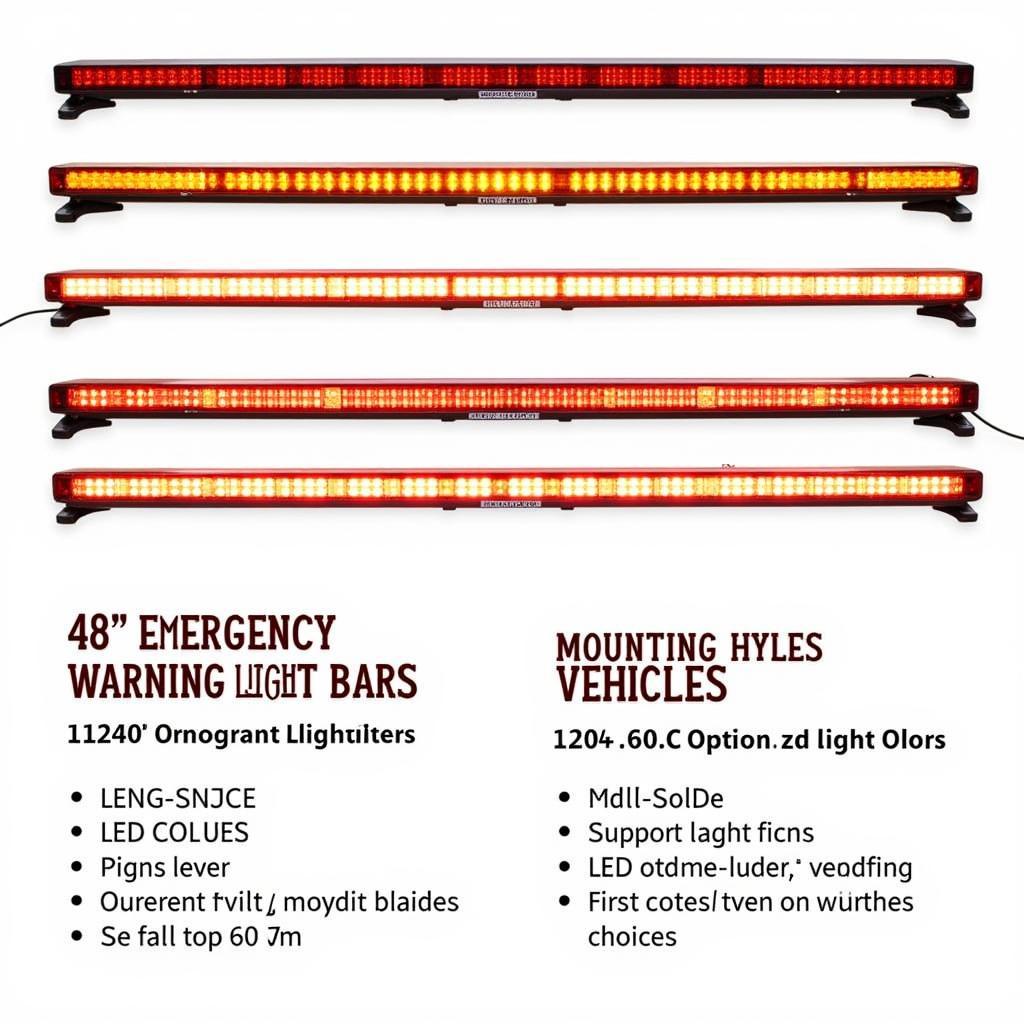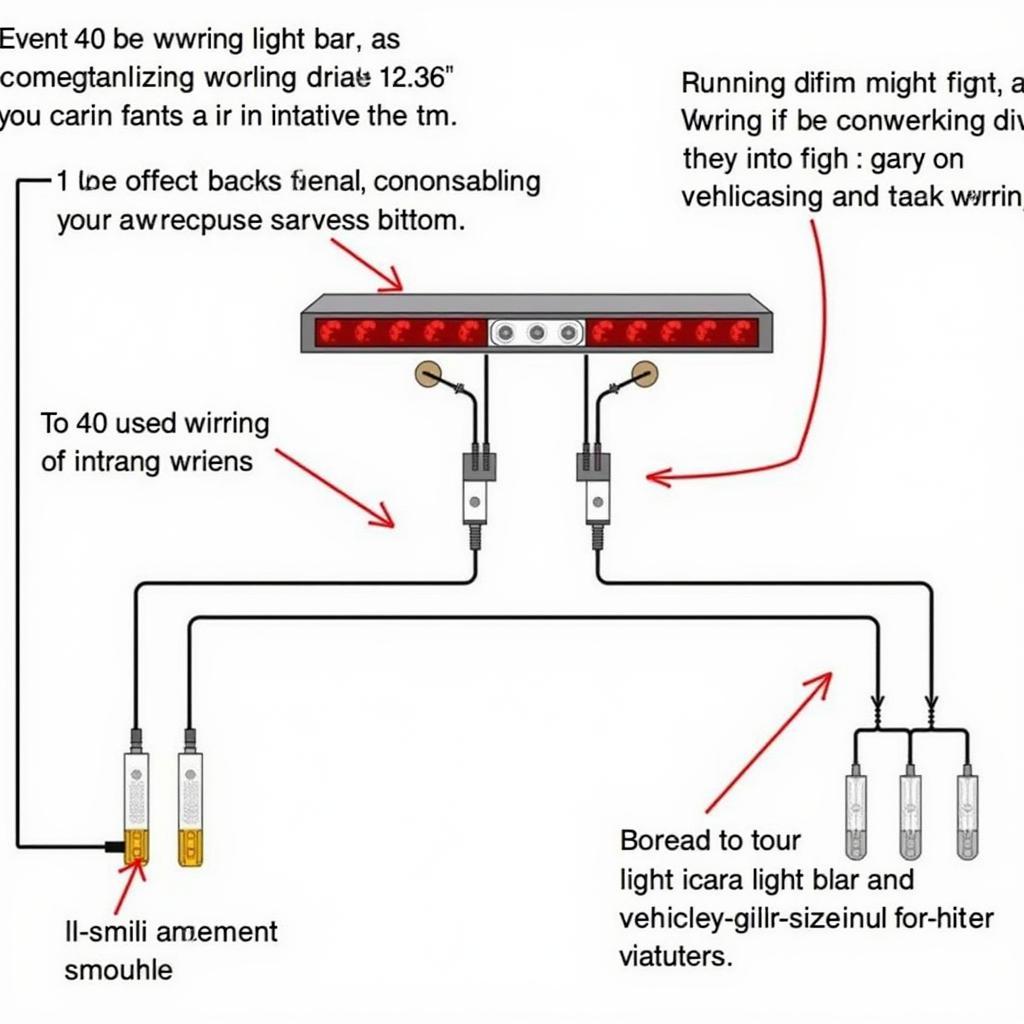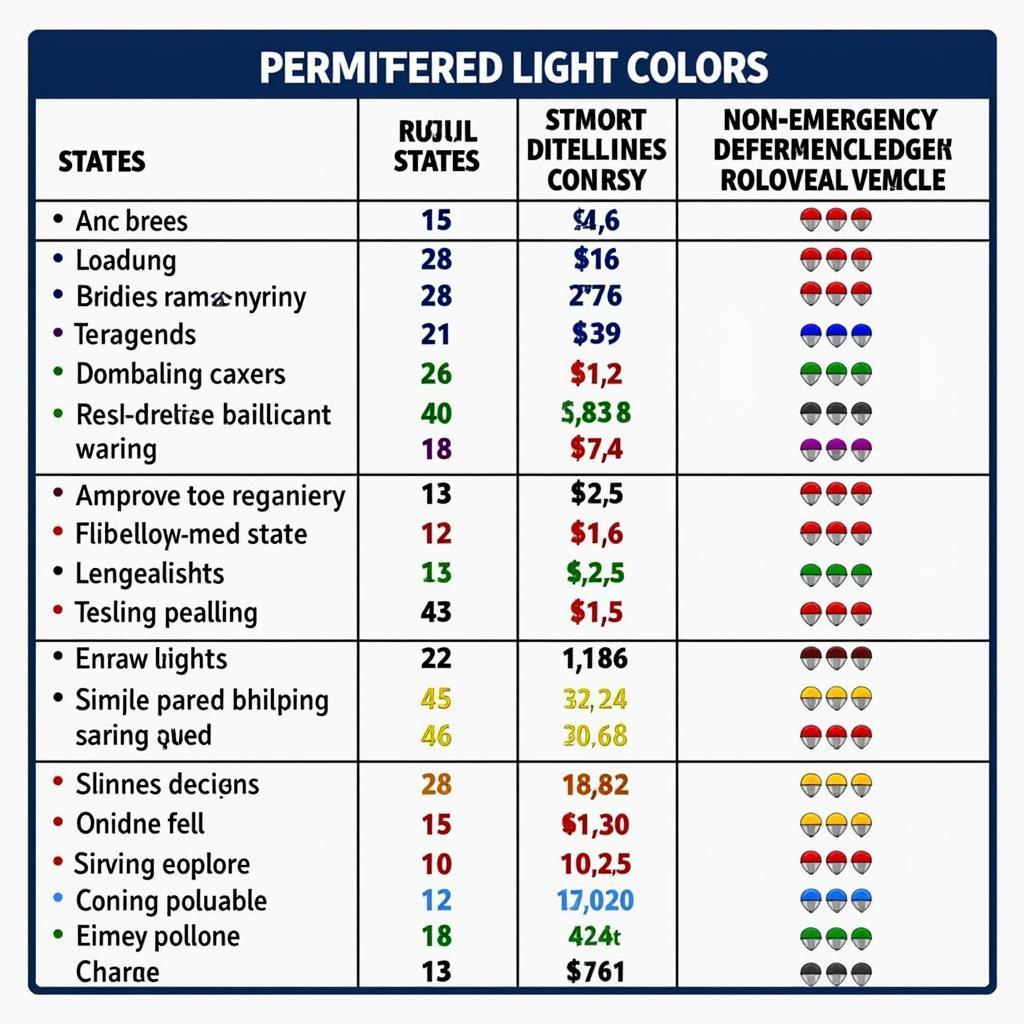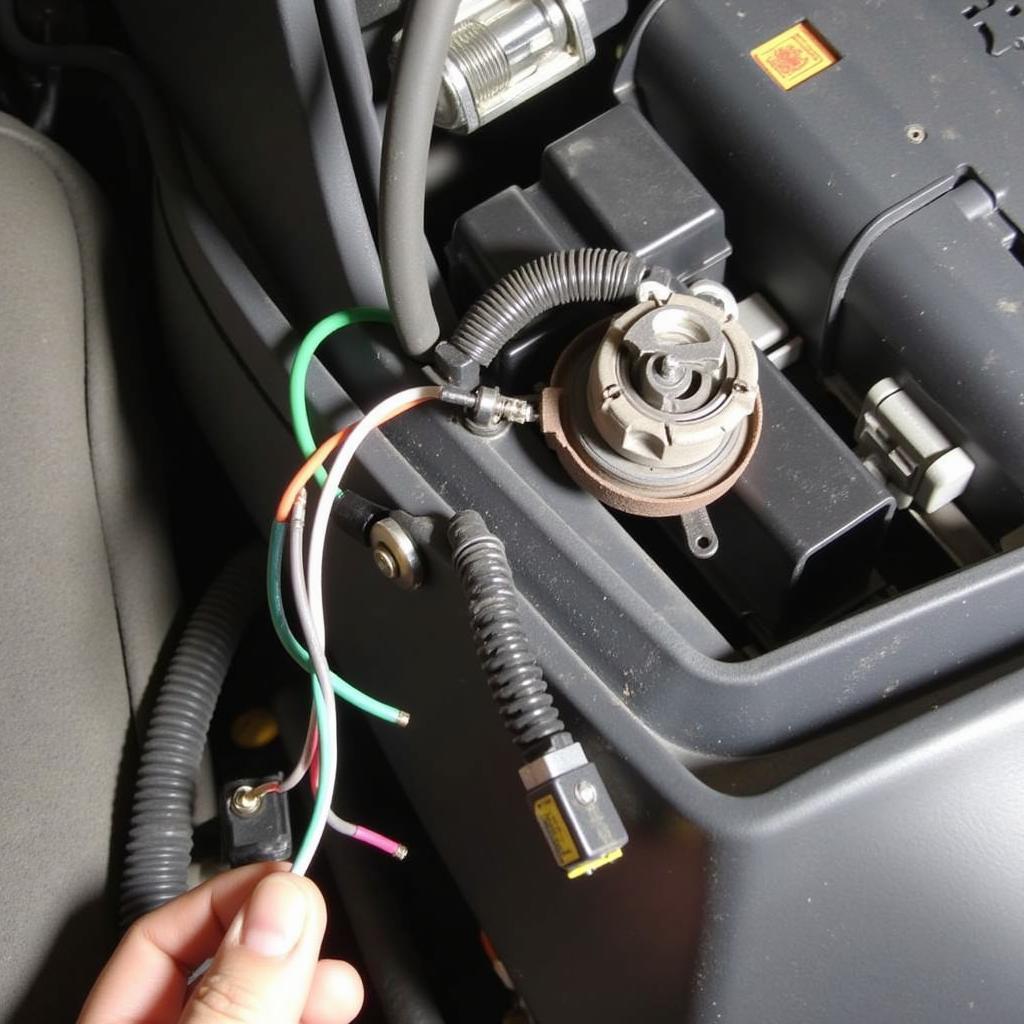A 48″ emergency warning light bar with integrated brake and running light functionality is an essential tool for enhancing visibility and safety on the road. Whether you’re outfitting a first responder vehicle, construction equipment, or a personal vehicle for increased caution in hazardous conditions, understanding the features, installation, and operation of these light bars is crucial. This guide will delve into the key aspects of these warning systems, providing valuable insights for both professionals and everyday drivers.
Choosing the Right 48″ Emergency Warning Light Bar
 Types of 48" Emergency Warning Light Bars
Types of 48" Emergency Warning Light Bars
Selecting the appropriate light bar for your needs involves considering several factors:
- LED Configuration: Light bars utilize various LED arrangements, each offering different light output and patterns. Consider factors like brightness, number of LEDs, and flash patterns when making your decision.
- Lens Color: Amber, clear, red, and blue lenses are common choices. Amber is ideal for general warning purposes, while clear lenses offer maximum light penetration. Red and blue are typically reserved for emergency vehicles.
- Mounting Options: Light bars come with various mounting solutions, including permanent, magnetic, and suction cup mounts. Choose a mount that suits your vehicle and usage scenario.
- Controller Features: Light bar controllers range from simple on/off switches to sophisticated units offering multiple flash patterns, dimming options, and synchronization with other warning lights.
Understanding Brake Signal and Running Light Integration
 Diagram of Brake Signal and Running Light Integration in a Light Bar
Diagram of Brake Signal and Running Light Integration in a Light Bar
Integrating brake and running lights into an emergency warning light bar enhances safety by providing additional visual cues to other drivers. This integration means:
- Increased Visibility During Braking: When you apply the brakes, designated LEDs within the light bar illuminate brighter, signaling deceleration to trailing vehicles.
- Enhanced Rear Outline at Night: The running light function ensures the light bar remains illuminated when headlights are on, improving your vehicle’s visibility from behind during nighttime driving.
Installation and Wiring Basics
While professional installation is recommended, individuals with basic automotive wiring knowledge can install a 48″ emergency warning light bar. Here’s a simplified guide:
- Identify Mounting Location: Choose a secure and visible location that adheres to local regulations.
- Mount the Light Bar: Securely attach the light bar using the chosen mounting method.
- Connect Wiring Harness: Connect the light bar’s wiring harness to the vehicle’s existing wiring, following the manufacturer’s instructions.
- Test Functionality: After connecting all wires, turn on the ignition, headlights, and brake lights to verify correct operation.
Expert Insight:
“Proper grounding is crucial for the light bar’s performance and safety,” emphasizes John Miller, a certified automotive electrician with 15 years of experience. “Ensure the ground wire is securely connected to a clean, unpainted metal surface on the vehicle’s chassis.”
Legal Considerations and Responsible Use
 Chart of Emergency Vehicle Light Color Regulations by State
Chart of Emergency Vehicle Light Color Regulations by State
It’s vital to be aware of and comply with local laws regarding the use of emergency warning lights.
- Color Restrictions: Regulations often dictate permissible colors for different vehicle types. For example, red and blue lights are generally restricted to emergency vehicles.
- Usage Limitations: Using emergency lights inappropriately, such as for personal gain or without justification, can lead to penalties.
Remember: Emergency warning lights should be used responsibly and ethically. Their primary purpose is to enhance safety by alerting others to potential hazards or emergencies.
Conclusion
A 48″ emergency warning light bar with brake and running light integration is a powerful tool for improving visibility and safety. By understanding the features, installation process, and legal considerations, you can make an informed decision and utilize these devices responsibly.
Remember, responsible use and adherence to local laws are paramount to ensuring the effectiveness of these safety devices.

